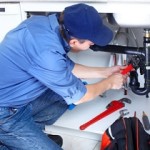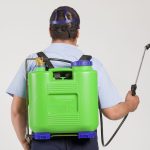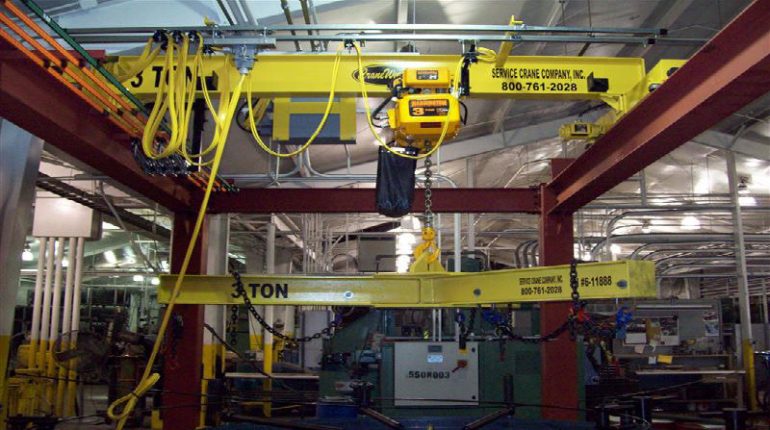For whatever reason, you’ve been looking at overhead crane systems, and now you may be thinking about purchasing one for your own business or upgrading an older existing crane to something more modern and safe. Whatever you decide to do, you need to think about what you need your system to do, and then choose accordingly. There are a lot of options for not only the system, but the runway, and the below the hook attachments.
Crane Types
- Underhung Single Girder Bridge: Manual, hand chain drive, or motor drive. Least expensive bridge crane and works with lower ceiling heights at widths up to 45 feet. Hand chain drives and motor drives allow safe handling of up to 15 tons. Manual bridge cranes can handle up to five tons, but they are not recommended for more than two tons.
- Top Running Single Girder Bridge: Manual, hand chain drive, or motor drive. Effectively the same limitations as an underhung single girder bridge crane, though the motor driven version can handle spans of up to 65 feet.
- Top Running Double Girder: These powerful cranes have a span that can exceed 85 feet, and are able to handle weights up to 20 tons, though even larger cranes can handle as much as 60 or more tons
Runway Types:
- Top Running Workstation: For lighter loads up to five tons, single girder, and easy to relocate.
- Top Running Semi-freestanding: Single or double girder, or even multiple cranes, with capacities up to 50 tons.
- Top Running Knee or Header Braced: Knee braced can be floor space intensive, but offer spans in excess of 100 feet and can handle up to 25 tons. Header braced runways are bolted to columns or foundations.
- Underhung Freestanding: Handles up to 15 tons and is easily expansible.
- Underhung Ceiling Mount: Maximum used of existing floor space, and can handle up to 15 tons.
- Enclosed Rail: Available in freestanding workstation configurations or ceiling mount, handles loads up to 4,000 pounds.
- Engineering controls are the most effective way to reduce workplace injuries, such as back injuries, by up to a third, according to OSHA. With the Bureau of Labor Statistics citing a median time off work of nine days due to injuries, the value of cranes as part of an ergonomic workplace can’t be underestimated. Deploying overhead cranes as part of control hazard system can really pay off.






